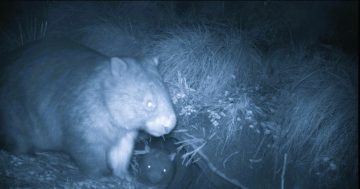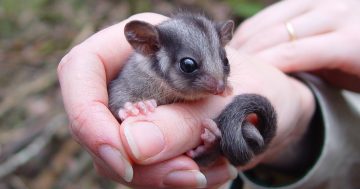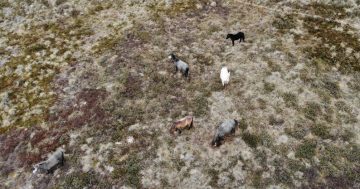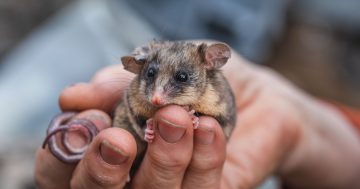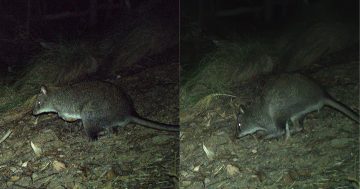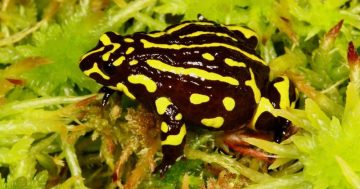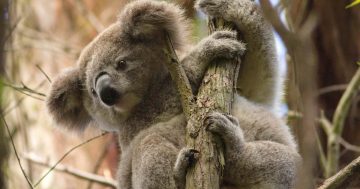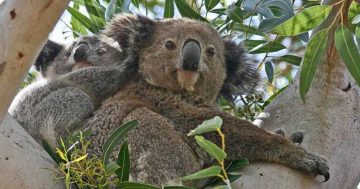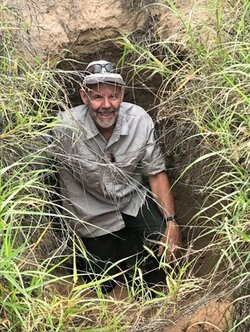 Queensland Parks and Wildlife Service (QPWS) Senior Conservation Officer, Alan Horsup has dedicated the past 30 years to some of Queensland’s most vulnerable threatened species, often instrumental in bringing them back from the brink of extinction.
Queensland Parks and Wildlife Service (QPWS) Senior Conservation Officer, Alan Horsup has dedicated the past 30 years to some of Queensland’s most vulnerable threatened species, often instrumental in bringing them back from the brink of extinction.
Dr Horsup (pictured), who is retiring, joined the QPWS in 1991. He has had a primary focus on threatened species recovery, such as bridled nailtail wallabies at Taunton National Park and northern hairy-nosed wombats at Epping Forest National Park (Scientific).
He coordinated projects that included surveys for yellow-footed rock wallabies west of Charleville to the management of Proserpine rock wallabies on Hayman Island.
Between 2014 and 2017, Dr Horsup helped reintroduce Proserpine rock wallabies to the mainland by translocating more than 1,200 animals from Hayman Island.
He was instrumental in the formation of the Scientific Advisory Committee, as well as research projects with various universities and acquiring Federal funding for threatened species programs.
“When I began my career with QPWS, there were about 60 northern hairy-nosed wombats left at Epping Forest National Park, which is extremely close to extinction,” Dr Horsup said.
“Over the past 30-years, I have visited Epping 350 times for various research projects and I have worked with a number of wonderful people who were all committed to the population of wombats.”
He said the population at Epping was now estimated at around 350 wombats, and another population had been established at Richard Underwood Nature Reserve.
“We have had some issues over the years, such as predation by dingoes, but the predator-proof fence and the introduction of water stations in the national park has seen the population steadily increase,” Dr Horsup said.
“I’m thrilled that we’re now at a point where the population is reaching capacity at Epping and we can identify other locations to begin the process of building new populations of wombats.”
Assistant Director General at the QPWS, Andrew Buckley said it was remarkable what Dr Horsup had been able to do for a species that was critically endangered.


